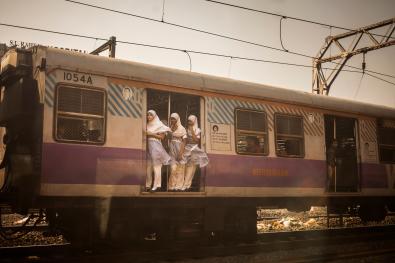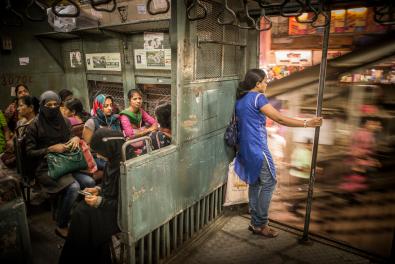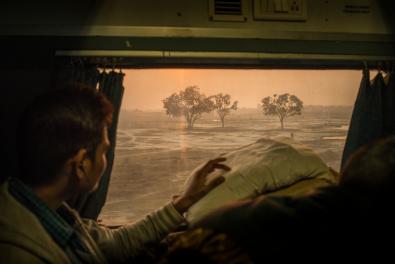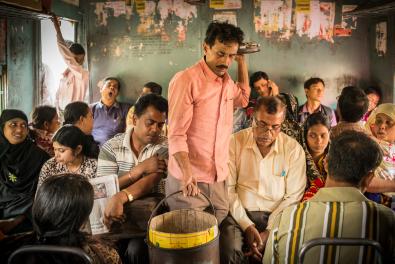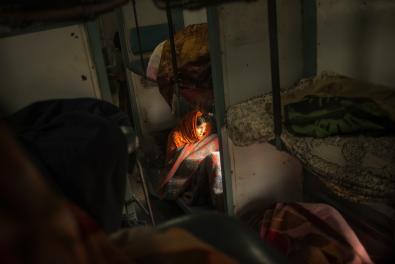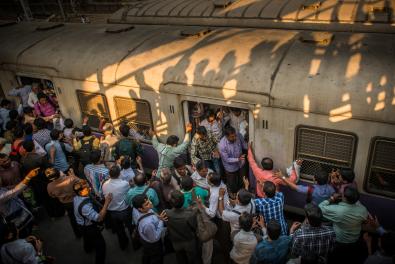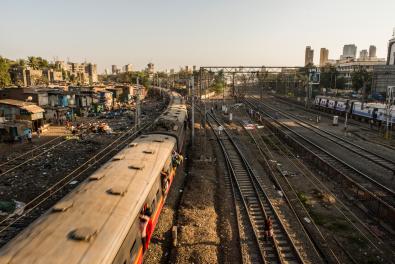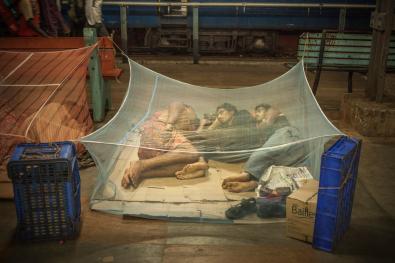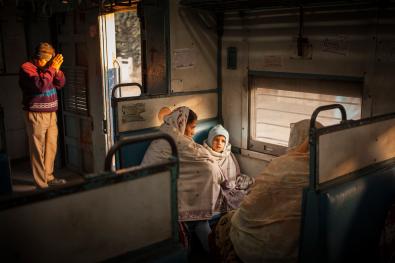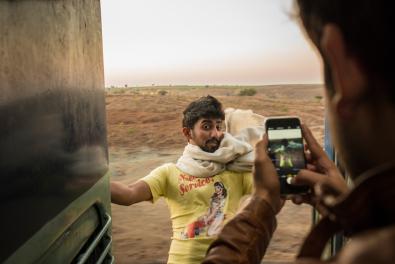Indian Train Journey by Tamina Florentine Zuch, Germany, Winner
Nowhere in the world do you find as many travellers making train journeys as in India. Every day, more than 20,000,000 people make a journey with this most vital method of transport. India has the largest rail network in the world, with connections to every far-flung corner of this vast country; whether to mountain villages in the foothills of the Himalayas, or to Kanyakumari, the southern-most tip of the country. It is possible for everyone in India to reach everywhere and anywhere. People from all regions; every language; all castes; each generation and tradition are mixed up in a human soup, stirred and heated and shaken together for hours, sometimes for days in a huge, metal cauldron. Friendships develop sometimes love sometimes also tension. A journey on an Indian train is never boring. The endless hours are occupied with card games, music, discussion and conversation, or simply the observation of passengers, one by another. For outsiders, such a trip is an exotic, unforgettable experience; for Indians it is simply a part of the daily grind. Every sense is accosted by the extreme conditions: heat, cold, dust, dirt, noise, smells, the lack of space, and most of all by the multitude and multiplicity of it all. A train journey in India can often take several days, necessitating all the daily routines be played out in the intimate, clostrophobic space of the train compartment. Men, women and children, jostled together. They eat, haggle, argue, laugh, and sleep. The changing times can also be noticed during a train journey through India. Bit by bit, the young of India are succumbing to Western influences. Young sikhs take ‘selfies’; teenagers proudly display their branded jeans. India is a many-fasseted jewel, which can be closely observed on a long train journey.

